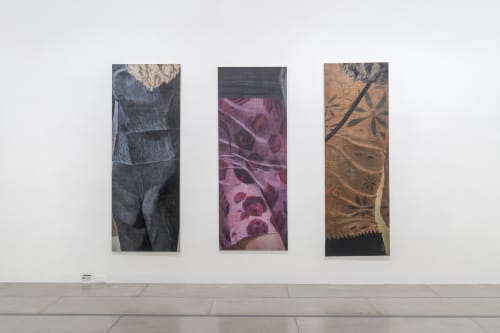Cloudy 3 PM featuring Kang Seok Ho: Sungkok Art Museum
In the early 2000s, a new generation of figurative artists emerged in large numbers in the Korean art world with a different attitude toward reality from Minjung Art or Hyperrealism of the previous era. Most of these artists attended art colleges during a time when the remnants of the democracy movement were still lingering, but they began their full-fledged activities based on the alternative spaces and new artist support systems established by the Participatory Government in the 2000s. They shared the common characteristics of painting the landscapes and people they saw in Seoul, their base of living, and of seeking to paint with a distinctive sense of self as a painter while utilizing photography in their works in the midst of change when digital cameras became commonly used.
With the selection of nine artists, this exhibition highlights the trends in Korean figurative art in the 2000s that attempted to create works between photography and painting. While looking at reality, these artists maintained an observational perspective through the camera, and therefore, secured a emotional distance from the fierce field which the Minjung Art was devoted to. Detached away from the collective narrative, they utilized camera’s gaze to transform reality into a pictorial scene. All the while, unlike in Hyperrealism, they pursued pictorial quality by using photographs as sketches for paintings, rather than simply embracing photographic reality, which results in creating a pictorial space and time that the individual emotions each artist experienced in reality were projected onto.
Cloudy 3 PM is a title that assumes the attitudes toward reality taken by the participating artists in this exhibition. 3 pm is the time of day when we want to get away from reality to somewhere else while still being present, drifting away from the plans, norms and productivity committed in the morning. “Cloudy” indicates the subtle emotions that permeate their paintings. Based on a neutral perspective on the times of change, still at a loss, that incomplete emotion, neither hot nor cold, includes a sense of indebtedness to the previous generation of those who fought for democracy, the tension and anxiety that still remained, nostalgia, or otherwise freshly budding hopes, and imaginations in personal space, without ever being excessive. That is the very climate of the reality they sensed in the 2000s, and the temperature of the images they formed by discovering objects for their paintings in their daily lives and reflecting their time in the studio.


